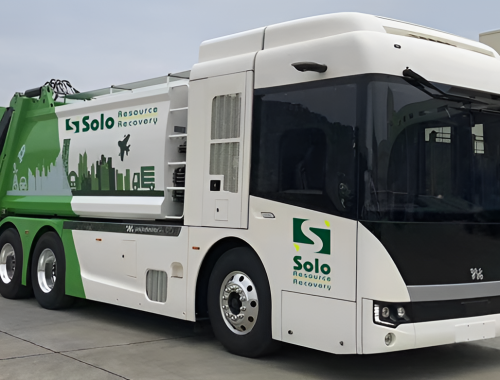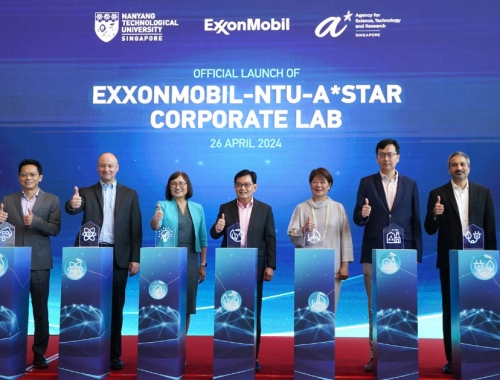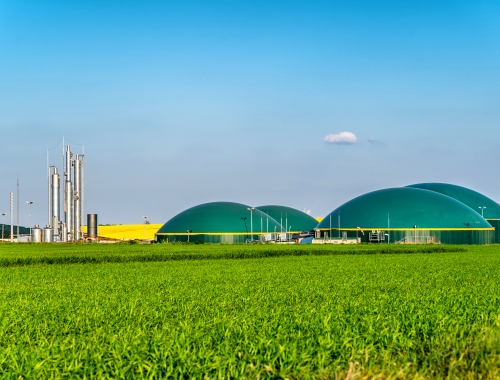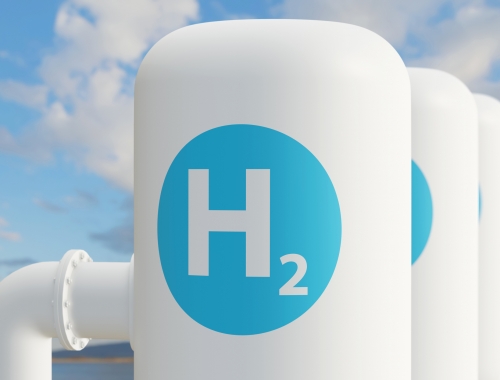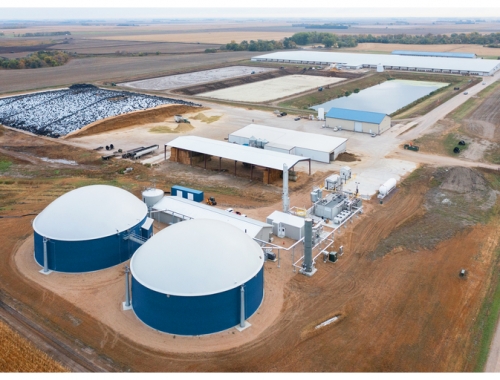Canada’s Pembina in plans to develop low carbon ammonia
SUMMARY
Midstream company is teaming with Japan's Marubeni to develop Canada to Japan ammonia supply chain. [Image: Pembina Pipeline]
By Dale LunanCanadian midstream company Pembina Pipeline said May 30 it had entered into a memorandum of agreement (MoA) with Japan’s Marubeni to pursue development of a low-carbon ammonia supply chain stretching from western Canada to Japan.
The centrepiece of the project would be a world-scale, low-carbon hydrogen and ammonia production facility adjacent to Pembina’s Redwater Complex near Edmonton that would use natural gas to produce up to 185,000 metric tons/year of low-carbon hydrogen, which would be converted into 1mn mt/yr of ammonia.
CO2 emissions could be captured and stored as part of the proposed Alberta Carbon Grid (ACG), which is being pursued by Pembina and TC Energy. Ammonia would be transported by rail to the west coast for export to Asia.
“This project represents a transformative opportunity that is highly aligned with Pembina’s strategic priorities, including supporting global decarbonisation efforts by exporting low-carbon energy derived from natural gas responsibly produced in western Canada,” said Stu Taylor, Pembina’s senior vice president and corporate development officer. “The project is an example of Pembina’s ability to leverage its existing asset base and core competencies to develop new integrated value chains, including carbon capture, utilisation and storage (CCUS) and low-carbon energy such as hydrogen, and ammonia as a hydrogen carrier and fuel source.”
Demand for low-carbon ammonia in Japan and other Asian markets is expected to grow substantially given its efficiency as a carrier of hydrogen and use as a low-carbon fuel source. Alberta leads Canadian ammonia production, and the project is an opportunity to leverage this leadership position to reach global markets.
“The project will leverage access to existing infrastructure and benefit from Canada’s abundant natural gas supply, advantaged West Coast shipping access to Asia, and growing carbon capture and sequestration industry,” said Yoshiaki Yokota, CEO of Marubeni’s Energy & Infrastructure Solution Group.
Under the MoA, Pembina and Marubeni will first focus on completing work critical to the project, including preliminary front-end engineering and design (pre-FEED), engaging with potential stakeholders and commercial activities.
The project would be structured as an infrastructure-style, fee-based business with investment grade counterparties. Pre-FEED work is expected to be completed by early next year, Pembina said.
The project could potentially serve as an anchor development to support Pembina’s vision for the Pembina Low Carbon Complex (PLCC) on 2,000 acres of land it owns in the Alberta Industrial Heartland, where the Redwater Complex is located.
The PLCC will be focused on attracting and developing investment for innovative and emerging energy transition technologies, sustainable fuels and chemicals, specifically low-carbon hydrogen and hydrogen carriers such as ammonia and methanol. Projects within the PLCC would gain access to land, low-carbon hydrogen, clean power, natural gas and industrial gases, water, CCUS and rail assets to support their own clean-energy ambitions.
Pembina would lease land to third parties and provide infrastructure, logistics and shared services to tenants, who are contemplated to capture CO2 for storage in the ACG. Pembina may also consider direct investments in projects within the PLCC.

